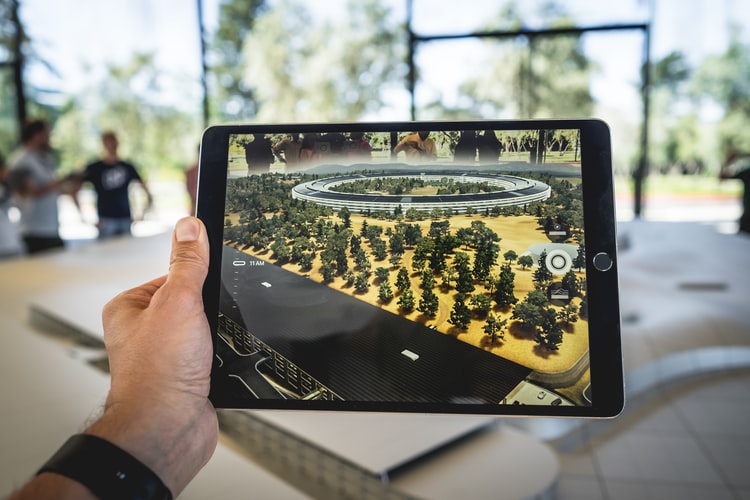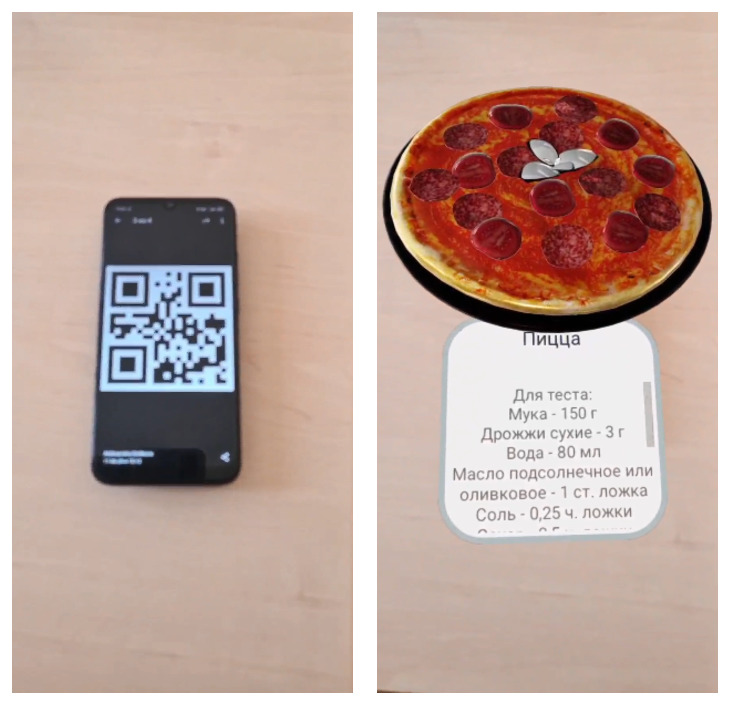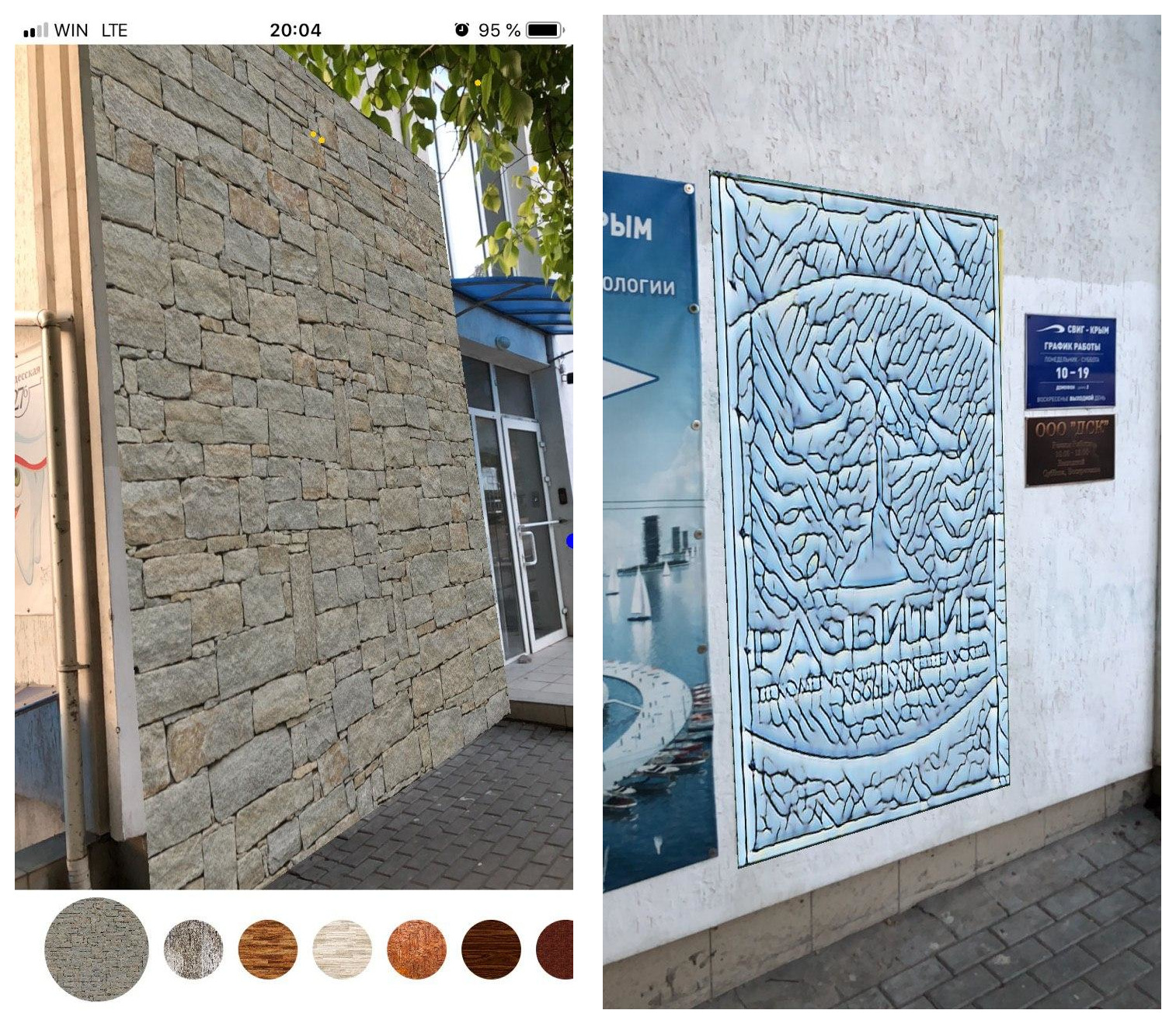In our blog, we have already discussed the examples of AR applications for various tasks. They all refer to certain types of AR technologies based on different work principles. Today we will view this technology in detail.
Short Overview
The development of augmented reality technology started in the middle of the XX century. At that time people started to think over creating virtual spaces to recreate any world. That’s why the development of augmented reality was going simultaneously with the virtual one.
In the 1950s, the professor of Harvard University Ivan Sutherland managed to add a geometric net into the room. However, the technology turned out to be extremely expensive, so it was abandoned.
The term “augmented reality” was first used in 1990 by Tom Caudell. He was a specialist in the Boeing corporation. He used this term to describe digital displays that were used to build airplanes. To use it, the engineers carried special laptop computers. And they could see drafts and instructions with the help of headpieces. The company still uses AR projects to install and connect electronics in equipment.
The next development of this technology owes to Dieter Schmalstieg and Daniel Vagner. It is they who adjusted AR to the screens of our smartphones.

Types of AR Applications
At the given moment all AR apps are divided into 4 types:
- marker-based;
- marker-less;
- mixed.
1. Marker-based apps
For these types of apps, a special marker is used – an image or a QR-code. As soon as the app recognizes it, a 3D object is superposed over the marker. A visual marker is coded in the system and the app uses it to define the orientation and disposition of the camera.
Our demo-version of the pizza can serve as an example of this type. When pointing at the QR-code, a user may see the three-dimensional pizza model and read its receipt. Read more about the project in our article.

2. Markerless
These apps can work without recognizing the marker. Patterns, colors and other objects are used for its visualization. The app scans the surrounding surfaces and overlays the 3D image.
For example, we used the same approach in the project to choose the walls covers. The app analyzed any chosen area and projected a cover on its basis or put the mask.

3. Mixed
The apps on the basis of this type are considered the most innovative now. They use both the virtual and augmented reality letting a user cooperate with virtual and real objects. Thus the painted objects are inserted into the surrounding working with physical objects and completely integrating with them.
Where to Order AR Apps?
Our developers’ team creates any projects with augmented and virtual reality. If you want to create a high-quality and up-to-date AR app we will help you on any stage: from making up technical requirements to the realization of your idea! Write to us and together we’ll create a cool project!








